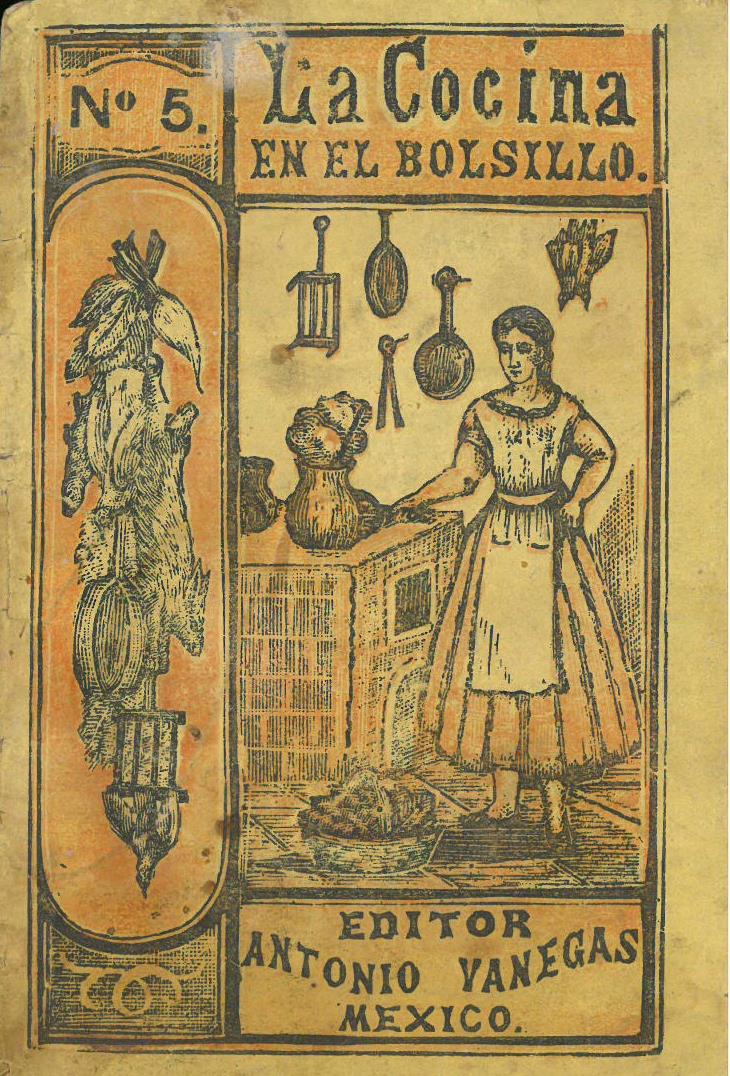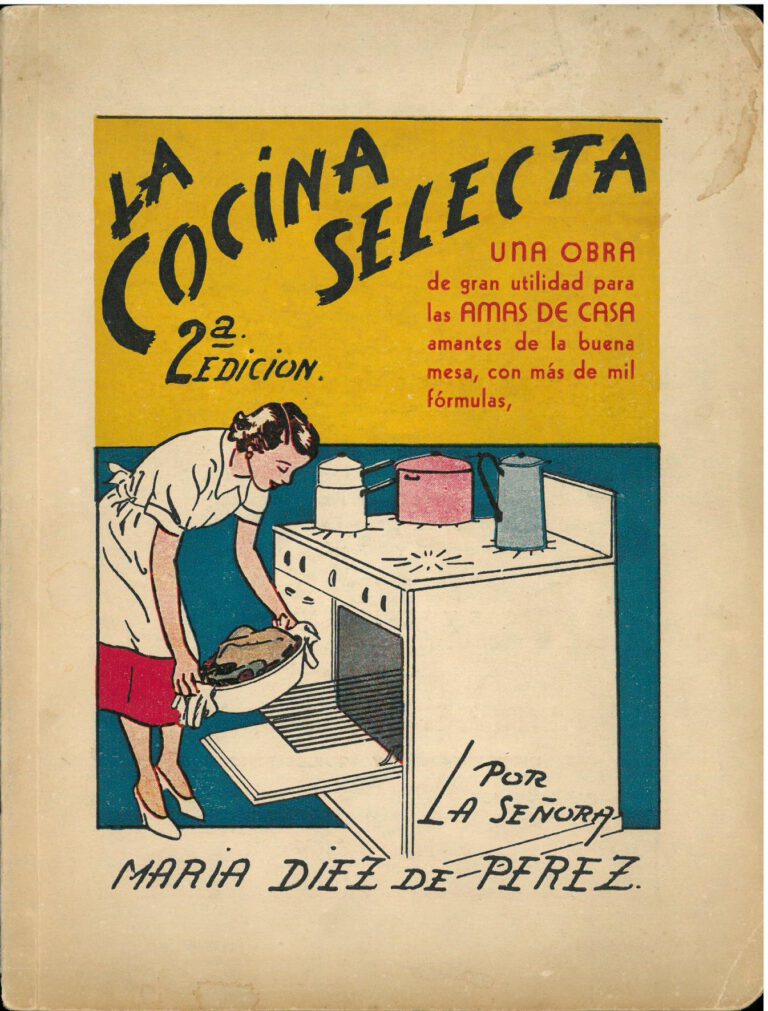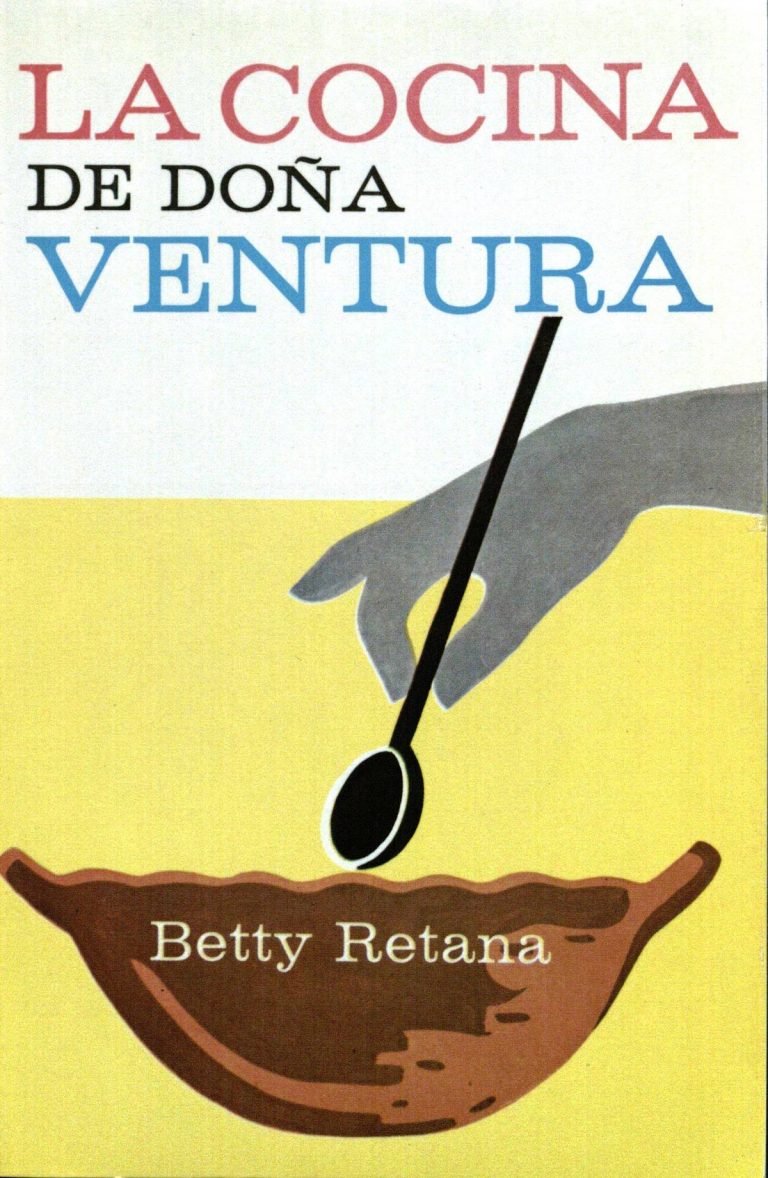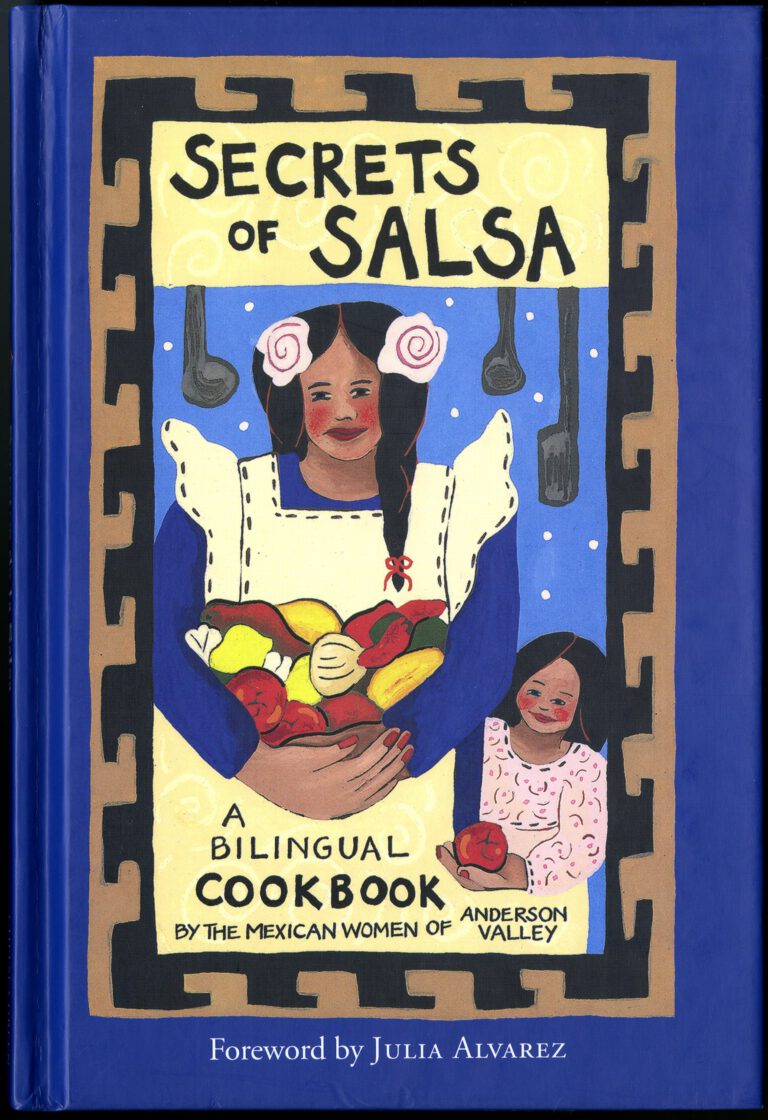Atole Almendrado 1896 (Almond Atole)

Torres de Rubio, Vicenta. Cocina Michoacana (Zamora : Imprenta Moderna, 1896). [TX716.M4 T67 1896].
This week we continue our exploration of Vicenta Torres de Rubio’s landmark regional cookbook Cocina Michoacana. As mentioned previously, fine European cuisine features prominently in Torres’ cookbook. However, she is perhaps somewhat unusual for her day and class in openly acknowledging (and even celebrating) the ways in which Mexican cooks modified European dishes to fit local taste. As she says in the introduction, ““En lo general, en nuestras casas no se condimenta ni se sazona al estilo europeo, sino en casos muy excepcionales,”(V) or in rough translation, “En general, in our homes, we do not season or condiment our food in the European style, except in unusual circumstances.”
Torres also explicitly embraces and encourages her readers to make use of recipes of indigenous origin, saying “la clase indigena posée como secretos que le pertenecen tradicíonalmente; que no pueden menos de inspirer interés en cualquiera reunion.” In other words, the culinary traditions of Indigenous Mexico cannot fail to inspire interest in any gathering. Following is a recipe for atole from the El Maíz sub-chapter of the Seccion Mexicana:
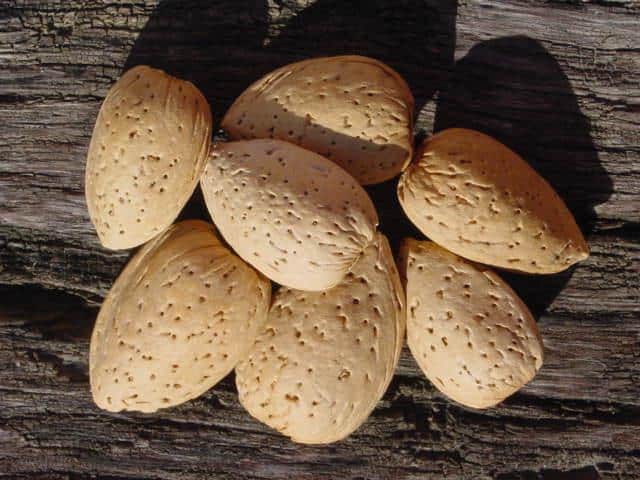
Atole Almendrado (746)
Limpias de la cascarilla las almendras que vayan á emplearse al respect de 60 gramos por cada litro de atole, se ponen á tostar y se muelen con un poco de arroz crudo, bien lavado, juntamente con el nixtamal necesario para este trabajo:
Estando muy molidas aquellas féculas, se cuelan tal como se dijo en la fórmula anterior, procurando que el líquido colado caiga en un perol de bastante cabida, tomada en cuenta la ebullición;
Se servirá el azúcar correspondiente para endulzar según la costumbre, añadiendo algunas rajas de canela, lo mismo que, á simple cálculo
¼ (una cuarta) parte de leche ó sean 2 ½ decílitros por cada litro; y bien revueltas, 6 ú 8 yemas de huevo;
Pero téngase presente que esta operación debe ejecutarse habiendo bajado el cazo de la hornilla, para dejarlo que se enfríe ó que entibie cuando menos;
Se pondrá á hervir de Nuevo hasta que tome el punto correspondiente, cosa que sometemos á la voluntad de la persona interesada;
No siempre se hace uso del huevo para este atole; antes bien, cuando se trata de algún enfermo, debe suprimirse para no provocar indigestiones.
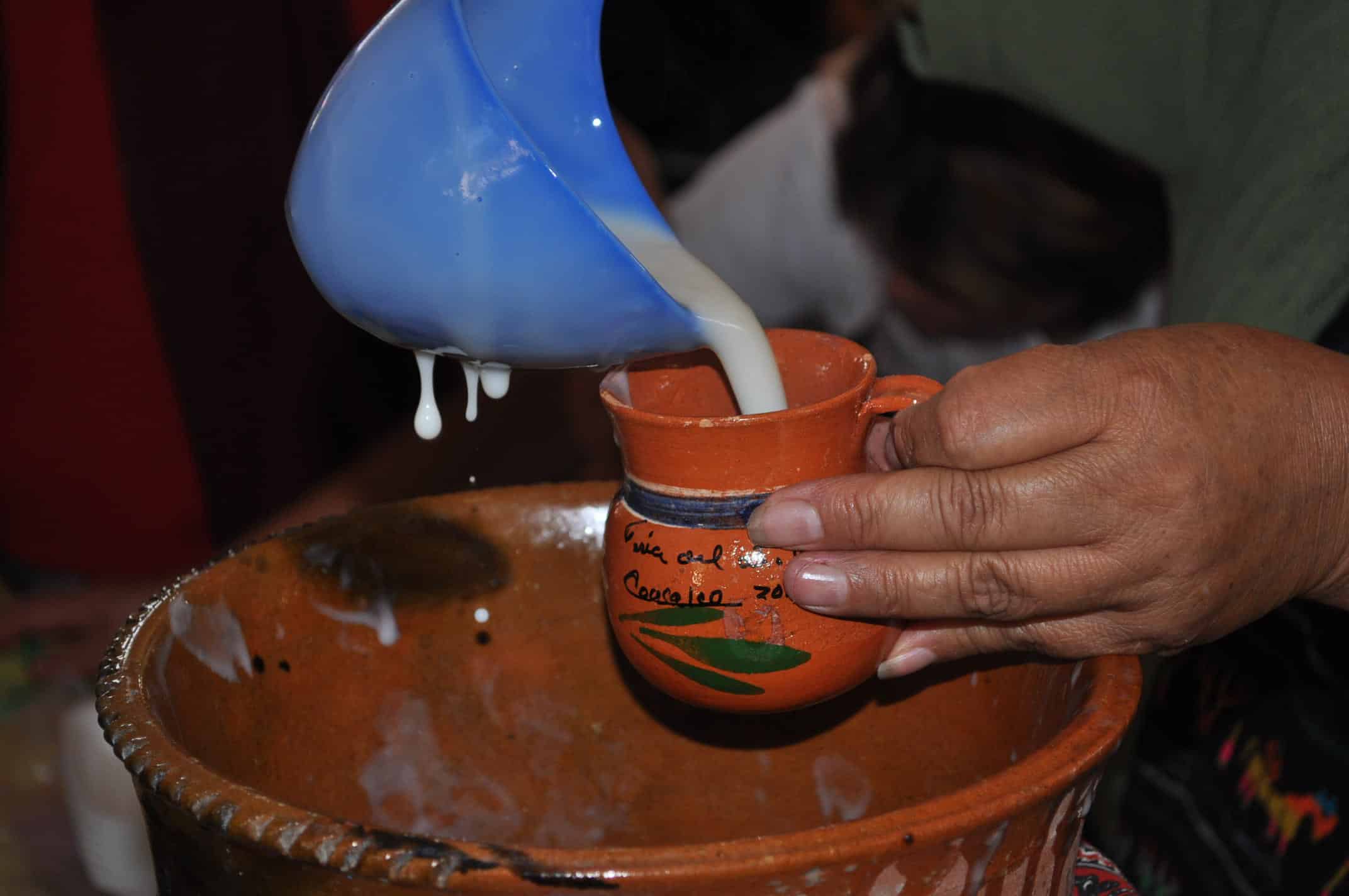
Almond Gruel (746)
Shell the almonds – allow 60 grams of almonds per liter of gruel. Roast and grind the almonds with a little well-washed uncooked rice and enough nixtamal (corn boiled with lime and ground).
Librarian’s Note: It is not entirely clear whether “cascarilla” refers to the shell or the skin of the almonds. If the latter, it would imply that the almonds should be blanched to remove their skins. However, I’m inclined to think they are only supposed to be shelled, since it seems unnecessary to both blanche and roast almonds.
Once well ground, strain according to previous instructions ensuring that the strained liquid falling into large enough pot to allow for boiling.
Librarian’s Note: The preceding recipe for Common Atole recommends straining the liquid through a sieve of clean canvas or linen.
Serve with sugar to sweeten to taste and add cinnamon sticks likewise.
Additionally, add ¼ part milk or 2 ½ deciliters for each liter of gruel and mix well with 6 to 8 egg yolks.
Keep in mind that this should be done after the pan is removed from the burner, so that it is cool, or at least a little less warm.
Return to heat and boil according to your judgement.
It is not always necessary to add egg yolks to this grill, and in fact the eggs should not be included if serving to an invalid, so as to avoid indigestion.

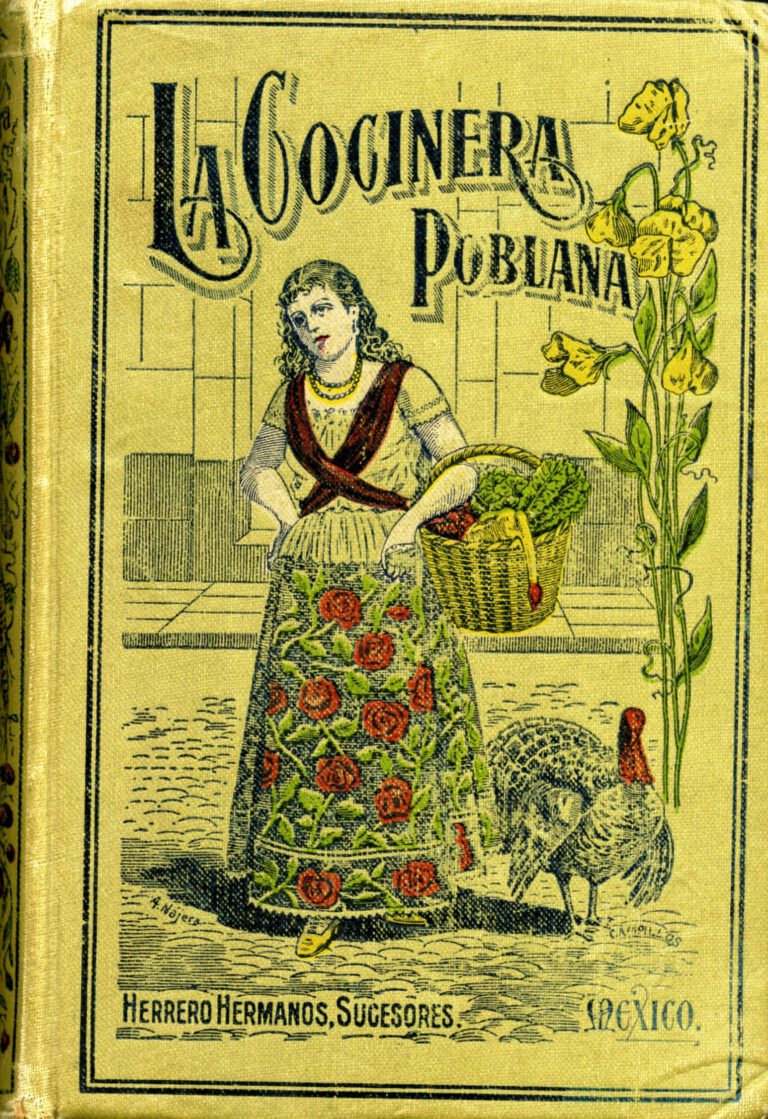
![Salud con Jugos (1999) by Abel Cruz [TX815 .C78 1999]](https://lacocina.utsa.edu/wp-content/uploads/2013/11/txsau-tx815-c78-1999002-768x1147.jpg)
